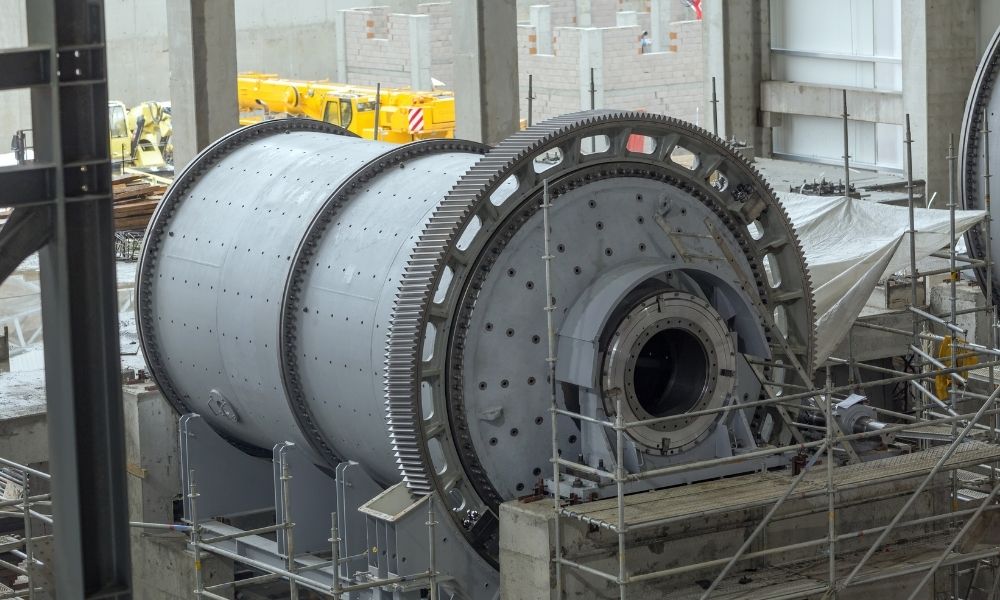Did you know that mill liners impact the performance of an entire mill? Finding the right liner design for ball mills will help production immensely. Choosing the correct mill liner will provide lower maintenance costs, decreased downtime, and better outputs.
Explore the different types of mill liners you should know to find the right liner for your application.
Grid Liners
All ball mill liners must be very resistant and capable of withstanding high impacts. The milling process uses steel balls to break down the material. The grid liner has the dual role of protecting the cylinder while making the movement of the steel balls effective.
Double Wave Liners
People also use double wave liners for ball mills. These liners are prolific, but they need precise angles to fit into mills properly. Modifications typically occur since it’s hard to get the fit right the first time.
Solid Liners
Solid liners contain fewer pieces and are easy to install. But they have a higher scrap weight, and after they experience significant wear and tear, their performance quickly drops off.
Crusher Liners
When you’re selecting a crusher liner, you’ll need to consider the size of the feed going into the crusher. If it’s too small, the bottom portion of the crusher liner will wear out faster since the crushers are coned shaped. And if the rocks are too big, they will circulate at the top. You’ll have to study the feed size and determine if you need a liner to accommodate a smaller or larger feed.
There are vital factors to consider when selecting a mill liner. By understanding all the different types of mill liners you should know, you can determine which liner is best for your manufacturing needs. You can find crusher liners at Cast Steel Products. Browse our blogs to learn more about equipment for mining and manufacturing.

